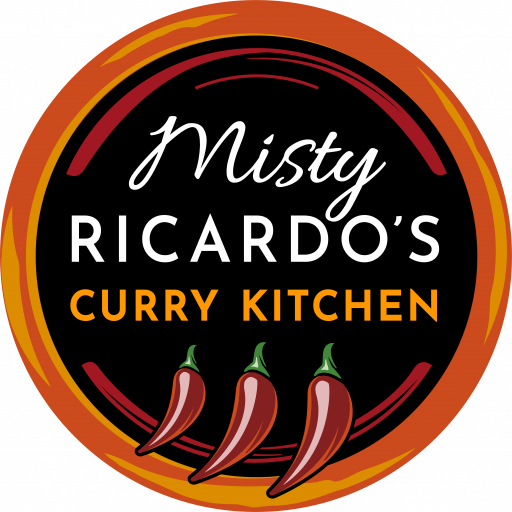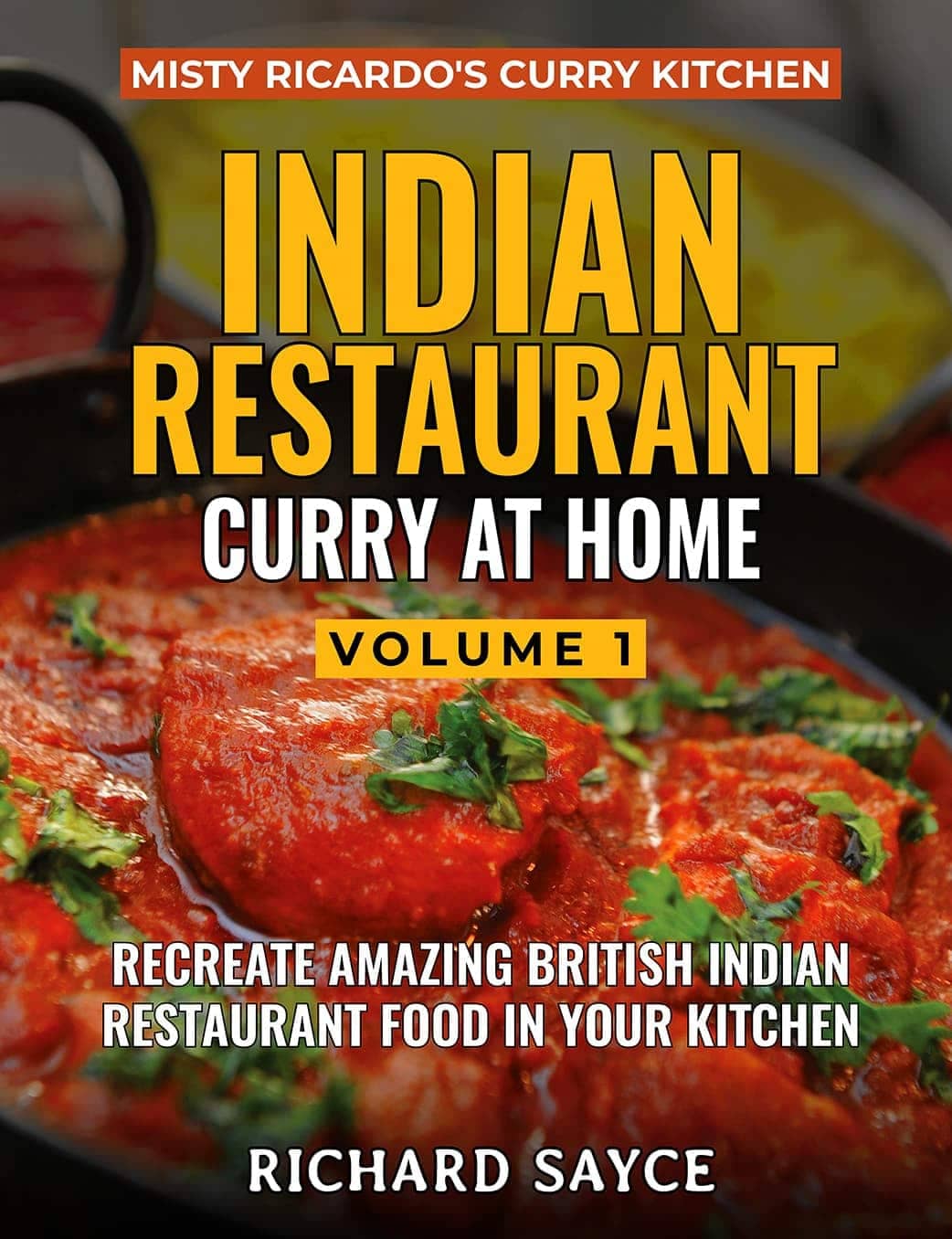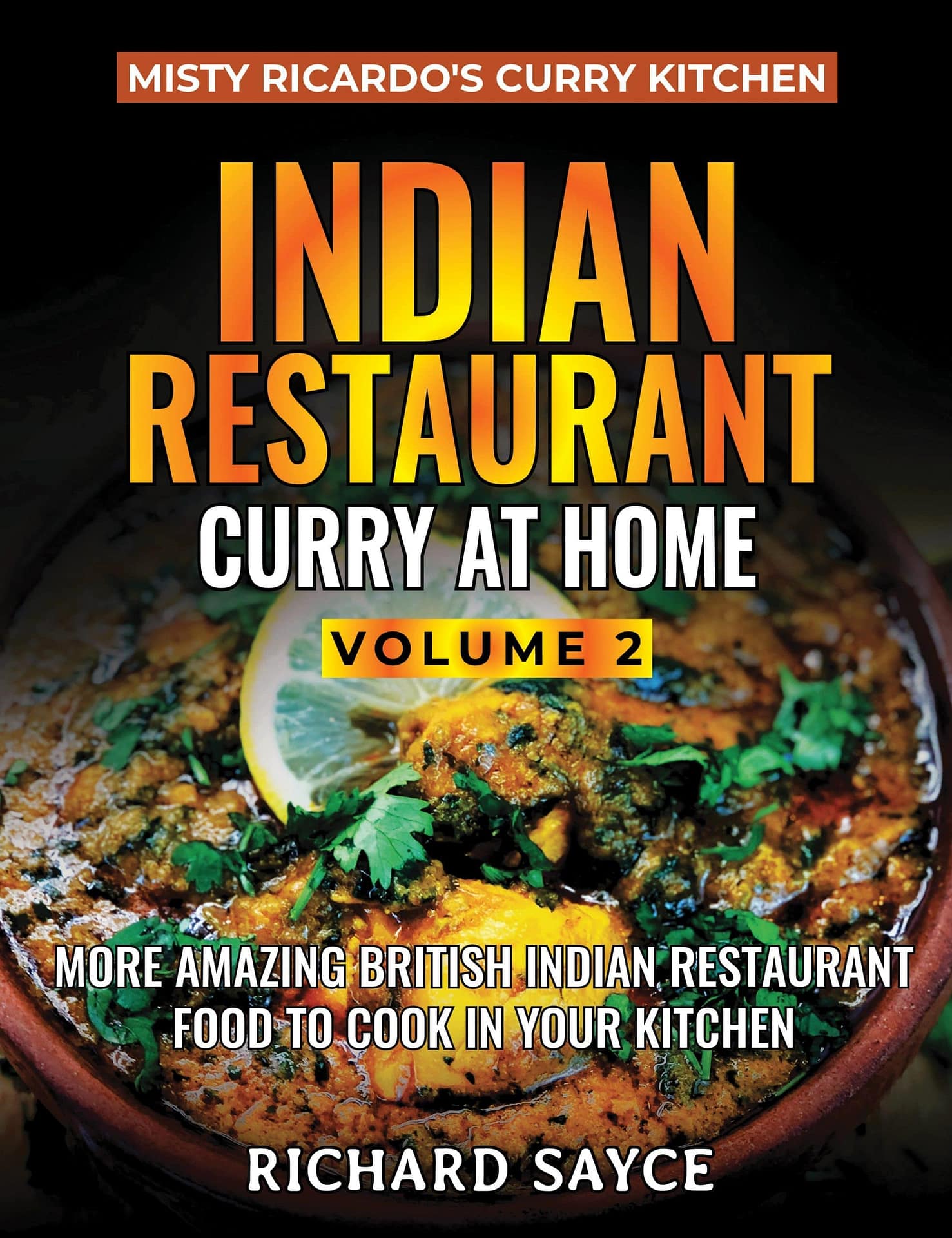BIR Madras Curry Recipe:
A hot, savoury, tangy, smooth, tomato-based curry. The British Indian Restaurant (BIR) Madras is one of my favourite curries, and coincidentally is probably the most popular amongst all other grumpy middle-aged men in the UK! Despite having relatively few ingredients, when cooked correctly it will have amazing layers of flavour.
Photos show the Madras made with chicken. If you prefer to use raw chicken rather than pre-cooking it, simply add it as per recipe but make sure it’s thoroughly cooked before eating.
Feeds 1-2. If you like a hot madras try doubling up the chilli powder.
This recipe is from my cookbook CURRY COMPENDIUM, and is also in my second book, INDIAN RESTAURANT CURRY AT HOME VOLUME 1. All my books are available in both physical and kindle formats.
INGREDIENTS
- 4 TBSP (60ml) Oil
- 10cm Cassia Bark
- ½ tsp Cumin Seeds
- 2 tsp Ginger/Garlic Paste
- 1½ tsp Mix Powder
- 1½-2 tsp Chilli Powder
- ¼-½ tsp Salt
- 1 tsp Kasuri Methi
- 5-6 TBSP Tomato Paste
- 2 tsp Lemon Dressing or Juice
- 1 TBSP each of finely chopped fresh Coriander Stalks and Leaves
- 330ml+ Base Gravy
- Pre-Cooked Chicken, Tikka, Lamb, Beef, Prawns, or Vegetables
- ½ tsp Coffee Granules (optional)
- 2-3 tsp Onion Paste, optional
- 3-4 Splashes of Worcestershire Sauce
- 1-2 tsp Sugar or Mango Chutney (optional)
METHOD
- Add oil to a frying pan on medium high heat. When hot, add the cassia bark and cumin seeds and fry for 30-45 seconds, while stirring frequently.
- Then add the ginger/garlic paste, stirring for about 30 seconds until it starts to brown and sizzling reduces.
- Add the chilli powder, mix powder, kasuri methi, salt, and 30ml of base gravy to help the spices cook without burning.
- Fry for 20-30 seconds, stirring frequently with the flat of the spoon, ensuring flat distribution of the spices in the pan.
- Add the tomato paste. Turn up the heat to high while stirring frequently until the oil separates and small dry craters appear around the edges of the pan.
- Now add the pre-cooked chicken / lamb / beef, coriander stalks, lemon juice, the optional coffee granules, and mix well into the sauce.
- Add 75ml of base gravy and stir and scrape everything together. Leave to cook with no further tampering until the dry craters form again.
SPACEHOLDER
- Add a second 75ml of base gravy, stirring and scraping the bottom and sides of the pan once when first added, allowing the sauce to reduce again without unnecessary stirring.
- Pour in 150ml of base gravy, the Worcestershire sauce, the optional onion paste, and the optional sugar or mango chutney, stirring and scraping once when first added.
- Leave to cook on high heat for 4-5 minutes. Stir and scrape the caramelisation back into the sauce, but only do this to stop the curry sticking too much and burning. There is a lot of fantastic flavour in the caramelised bits, so resist the urge to stir unnecessarily.
- Add extra base gravy towards the end of cooking to reach your desired consistency.
Remove the cassia bark, and spoon off any excess oil from the top of the curry if you wish. - Serve, sprinkling the finely chopped coriander leaves on top.
NOTES
- All spoon measurements are level (1 tsp = 5ml, 1 TBSP = 15ml).
- I consider the use of Worcestershire sauce mandatory in this dish.
- Onion paste/bunjarra (see page 66) works very well in this recipe, adding a delicious layer of flavour.
- Adding the optional coffee might raise a few eyebrows, but it adds a subtle piquancy to the Madras curry, which I personally like.
- Please visit the Misty Ricardo’s Curry Kitchen YouTube Channel for lots of Indian recipes: www.youtube.com/c/mistyricardo







0 Comments